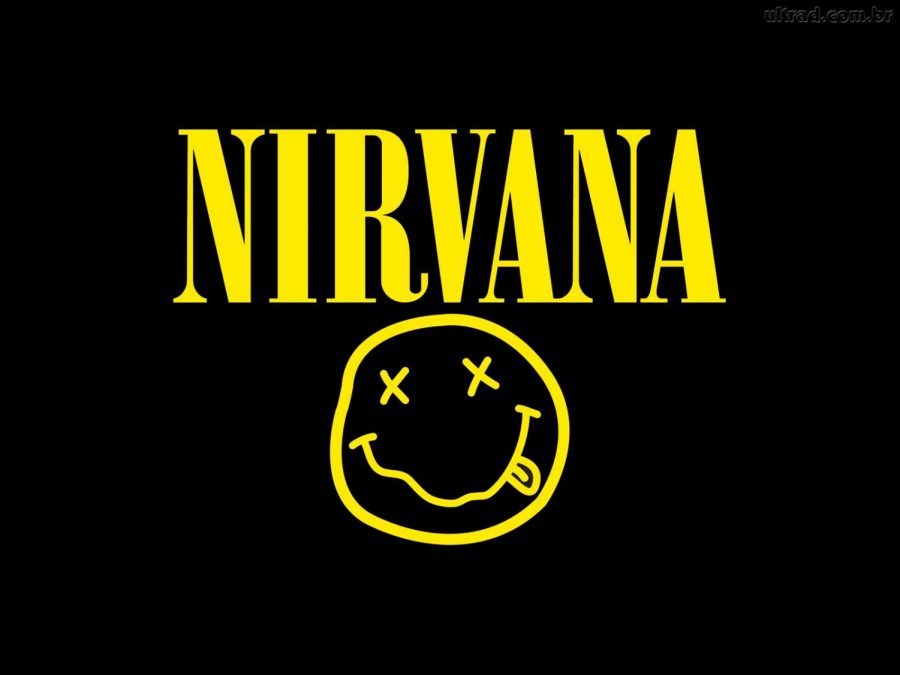Despite All the ’90s Rage
March 6, 2018
Of the pivotal generations that defined music, the ‘90s played a key role in shifting the direction of rock music and helped to define the sound of this iconic era. Alternative and thrash merged together with angsty lyrics to develop the unique sound of bands throughout the decade.
The term “grunge” was first used to describe the underground bands of the Northwest and was introduced by the independent label Sub Pop that first released music from the bands Mudhoney and Nirvana in 1988. The well known grunge genre, often called “Seattle sound,” originated in Seattle in the late ‘80s and reached its peak popularity in the early ‘90s. Sounds of distorted guitar riffs, angsty lyrics, and sludgy tones ran through grunge band records, creating a new but familiar sound. Grunge thrived in places like Seattle and Aberdeen but eventually spread throughout the Pacific Northwest and hit the mainstream.
While rock of the ‘90s is most characterized by grunge, the new aesthetic embraced throughout clothing stores and runways alike at the time, it’s not to be mistaken as a blanket term for all rock music from the decade. Even with its popularity, “nobody likes to be labeled,” says Mark Yarm, author of Everybody Loves Our Town, a book documenting the history of grunge. “The bands sounded so different – some were mostly instrumental, some were metal, some were punk, and some of the bands that would come around people wouldn’t even consider ‘grunge,’” says Yarm.
Alternative rock better defines the rock and roll of the ‘90s, because it encompasses more than just the murky sound of grunge bands, and coincides with how members of bands of the era perceived their music. Of the alternative rock scene, these are the key bands that helped define this sound and carry along rock through the 1990s:
Pearl Jam
Originating in Seattle, Washington, Pearl Jam debuted in 1991 with their album Ten. The strong vocals of Eddie Vedder and the riffs styled after the late Jimi Hendrix, as found in their song ‘Yellow Ledbetter,’ helped develop their sound that led them to stand out early on in the alternative rock scene.
Stone Temple Pilots
Strummy sounds and slower songs rang through most of STP’s albums and hinted toward a more blues and country rock sound. Scott Weiland’s vocals were cleaner compared to a lot of the raspy and angsty sounds that came from his counterparts of the time and helped further their blues sound. Their song “Plush” won four awards from 1992 to 1994, and an acoustic version from their MTV Unplugged session followed as a success too.
Alice in Chains
As most of the defining alternative bands of the ‘90s did, Alice in Chains hailed from Seattle, Washington. A heavier band of the time, they transformed their metal foundations into the “grungier” Seattle sound and mirrored this angst in their lyrics. Songs like “Rooster” and “I Stay Away” showcase singer Layne Staley’s drawn out notes and emotional lyrics. The band gained popularity throughout the decade but faded apart in 1996 until 2002 when Staley died of substance abuse.
Soundgarden
As yet another band making their way out of Seattle, Washington, Soundgarden captured the metal and heavy rock sound in their songs, and was often compared to Black Sabbath and bands alike. Singer Chris Cornell was often found belting out dark and morbid lyrics and the band resonated a dimmer vibe than others of the time. Soundgarden’s success carried on through the ‘90s and later in the 2000s but ended with the death of Cornell in 2017.
The Smashing Pumpkins
Of all the bands from the ‘90s, The Smashing Pumpkins’ diversity in their sound comes out on top, but the whiny, recognizable voice of Billy Corgan remains a staple throughout the band’s whole career. First rising to the mainstream in 1993, SP poured out emotion into Siamese Dream and Mellon Collie and the Infinite Sadness. Songs like “Bullet with Butterfly Wings,” “Zero,” and “Cherub Rock” resonated a harder and more metal sound while songs like “1979,” “Mayonaise,” “Tonight, Tonight,” and their rendition of “Landslide” utilized the softer side of Corgan’s voice and touched on themes of love, longing, and teen years. The ‘90s were a time where women became more involved in the rock and roll scene, and bassist D’arcy Wretzky took advantage of this cultural change, leading the band throughout the decade. After years of tensions, drug abuse, and record sale issues, the band split, but Corgan and few former members continue to perform together under the band’s name today.
Nirvana
Anyone remotely familiar with the ‘90s, rock and roll, or who owns a shirt with the trademark smiley face knows the infamous name –Nirvana. Of the bands of the decade, they entirely embodied the grunge and alternative style, aesthetically and musically. All three members had the classic grunge look– long, stringy hair and dressed mundane and unconcerned. As a band originating in the renowned Seattle, Washington, they entered the genre with their first album, Bleach, but broke through to the mainstream with the album Nevermind, which included their top hits “Come As You Are” and “Smells Like Teen Spirit.” Their fame brought them to the MTV VMAs where they made a satirical and humorous performance, furthering their non-conformist personality. The band remained successful throughout their career, but all tragically ended in 1994 at the death of frontman Kurt Cobain after he shot himself in his home in Seattle. Their legacy, however, lives on and Cobain’s name is remembered years after his death for helping to pioneer the sound of alternative rock.




